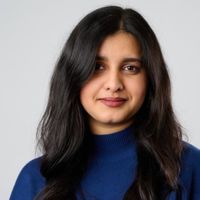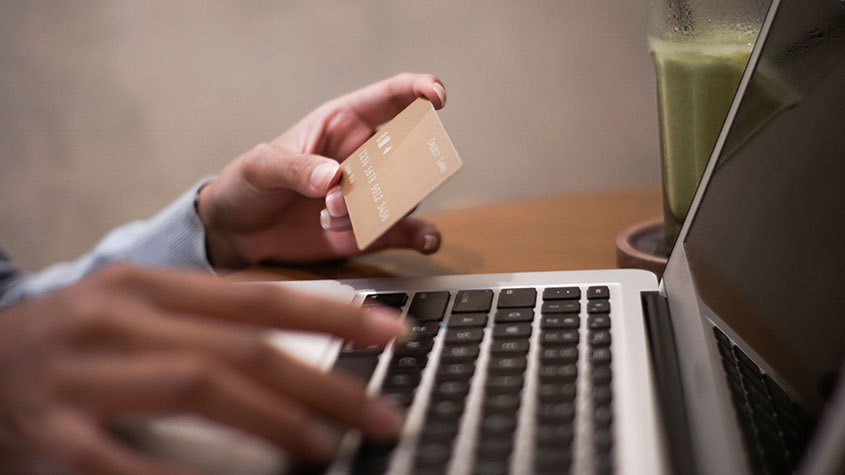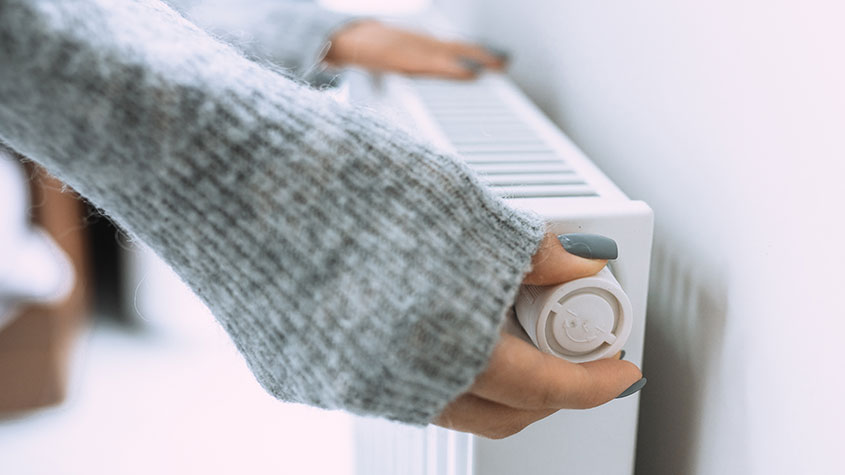Wood-burning stove vs central heating ‒ which is cheaper?
After energy costs increased again, we compare wood-burning stove vs central heating to find out which is cheaper for your home


Rising energy prices have made more people think about ways to save on energy bills, such as wondering when is a good time to put their central heating on.
High costs are making some households consider if it’s cheaper to use portable radiators or opt for a traditional wood-burning stove.
Wood burners are quite popular in the UK; around 1.9 million households in the UK use wood fuel in their homes, according to the Census 2021. But just how efficient and cost-friendly is it?
MoneyWeek
Subscribe to MoneyWeek today and get your first six magazine issues absolutely FREE

Sign up to Money Morning
Don't miss the latest investment and personal finances news, market analysis, plus money-saving tips with our free twice-daily newsletter
Don't miss the latest investment and personal finances news, market analysis, plus money-saving tips with our free twice-daily newsletter
We’ve already compared fan heater vs oil heater, so we now look at wood-burning stove vs central heating to find out what’s cheaper for your home.
How much does it cost to run a wood-burning stove?
Andy Hill, chair of the Stove Industry Association (SIA) told MoneyWeek: “The costs will vary depending on a number of factors including the type of appliance you use, how often you use it, the type of wood fuel you use and where you buy your fuel.
“Broadly speaking, wood stove users will use 3.5m3 of wood logs during a heating season (mid-Oct to mid-April, evenings and weekends) and the average cost of kiln-dried wood logs per cubic meter currently in the UK is between £160 to £200 depending on supplier.”
This could mean wood stove users spend between £560 and £700 on the fuel during the colder months.
A benefit of wood burners, according to Hill, is that wood is a “bought and paid for fuel” without direct debit, standing order or pre-payment meter, and provides a reliable off-grid source of heating.
However, it doesn’t come cheap. The initial expense of a wood burner can range from £500 to more than £4,000 for fancier designs, according to Direct Stoves. Installation costs about £1,300 to £1,500 on average – and it can be even more expensive if you need to add a fireplace or a flue.
Other costs include chimney-sweeping (between £50 and £80 in most parts of the UK) and creating a space to store wood carefully so that the logs get plenty of air. That means raising them off the ground on a pallet or keeping them in a rack or wood store outside, with a roof to keep them dry.
A wood-burning stove won’t heat your property in the same way as central heating. It will heat up the room where the wood burner is located, and the residual heat may spread to other rooms, but it won’t consistently heat every room in the home like radiators would.
Some modern homes also aren’t designed to accommodate a wood-burning stove, even if you can afford to install one.
Consider the health impact of wood burners too. New research from the University of Birmingham found that 20% of total fine particulate matter (PM2.5) mass came from domestic fires.
A DEFRA report found that domestic wood burning was one of the UK’s biggest sources of particulate matter pollution in the UK, even more than that of road traffic. PM2.5 emissions from domestic wood burning went up by 124% between 2011-2021, according to the research.
However, the SIA criticised the study, highlighting that the figures in the report accounted for all domestic combustion appliances, which also include open fires, hence not accurately reflecting pollution levels caused by wood-burning alone.
How much does it cost to run central heating?
Expert Jo Alsop from The Heating Hub, explains how to work out how much central heating costs to turn on.
Actual costs will vary depending on many factors, including how cold it is and the type of boiler you have. But as a rough guide, based on the January price cap gas rate of 6.24p per kilowatt hour (kWh), it costs an average of about 29p per hour to run your central heating.
According to the Heating Hub, the average UK household uses 9,000kWh of gas for heating across six months, amounting to 49kWh per day on average, which might rise to 70kWh for heating on colder days.
So it would be a total cost of £86 per month based on the price cap, or £2.90 a day.
This is if you use the heating for 10 hours every day, say between 5am to 9am and 4pm to 10pm.
The biggest advantage of central heating is that it will heat your entire home evenly and let you make full use of every room. This all-round warmth provides immense comfort and is not possible from other forms of heating.
Other benefits include the convenience factor: you can normally “set and forget” an automated heating system or enjoy flexibility with app-based control systems. You can also install new components and heat sources like underfloor pipes as required.
The drawbacks of central heating are, of course, the higher running cost and the fact you’ll be without heating if you experience any blackouts this winter. Radiators also don’t tend to be as visually pleasing as wood-burning stoves, which can provide a cosy-looking focal point and enhance a property’s interior design.
Wood-burning stove vs central heating – which is cheaper?
Exactly what’s cheaper for you will depend on how much heat you need, the size of your home and how many people live in your household.
Let’s consider wood-burning stoves:
Kiln-dried wood logs currently cost 10.73p per kWh, which is much cheaper than electricity at 24.86p per kWh, but more expensive than gas which is 6.34p per kWh according to the Ofgem energy price cap. This is only if you already have a wood-burning stove installed.
Buying and installing a wood-burning stove represents a significant cost. If a log burner is suitable for your home, the upfront investment will take several years to pay off even if energy prices stay at record highs.
The main way homeowners may save with a wood-burning stove compared to central heating is if you want to warm up just one part of your house, if you live in a smaller home, or if you’re able to get cheap or free wood. The SIA suggests that using wood burners can cut your central heating costs and ultimately reduce your total heating bill.
It’s worth noting that wood burning won’t heat your property as efficiently as central heating and has high installation costs. So while wood burning offers good aesthetics to your home, it may not be worth it in the long run.
As such, the case for central heating is much clearer. It is not only cheap and safe but also circulates heat better in your house rather than being confined to one room.
We think central heating is the overall winner here.
Get the latest financial news, insights and expert analysis from our award-winning MoneyWeek team, to help you understand what really matters when it comes to your finances.

Oojal has a background in consumer journalism and is interested in helping people make the most of their money.
Oojal has an MA in international journalism from Cardiff University, and before joining MoneyWeek, she worked for Look After My Bills, a personal finance website, where she covered guides on household bills and money-saving deals.
Her bylines can be found on Newsquest, Voice.Cymru, DIVA and Sony Music, and she has explored subjects ranging from politics and LGBTQIA+ issues to food and entertainment.
Outside of work, Oojal enjoys travelling, going to the movies and learning Spanish with a little green owl.
-
 Investors will reap long-term rewards from UK equities
Investors will reap long-term rewards from UK equitiesOpinion Nick Train, portfolio manager, Finsbury Growth & Income Trust, highlights three UK equities where he’d put his money
-
 The graphene revolution is progressing slowly but surely
The graphene revolution is progressing slowly but surelyEnthusiasts thought the discovery that graphene, a form of carbon, could be extracted from graphite would change the world. They might've been early, not wrong.
-
 Winter Fuel Payment cut to hit ‘1.5 million’ pensioners - what support does your energy supplier offer?
Winter Fuel Payment cut to hit ‘1.5 million’ pensioners - what support does your energy supplier offer?Advice The Winter Fuel Payment is being scrapped for most pensioners this year. But you may be able to access extra support from your energy supplier. Here’s what’s on offer.
-
 What is the Ofgem energy price cap and what does it mean for your bills?
What is the Ofgem energy price cap and what does it mean for your bills?The Ofgem energy price cap is set to rise in October. What exactly is the cap and how does it affect bills?
-
 Should you switch to a fixed energy tariff in 2026?
Should you switch to a fixed energy tariff in 2026?As energy prices remain volatile and far above pre-2022 levels, is now the time to look for a fixed energy tariff? We look at the latest gas and electricity deals
-
 Rent prices continue to rise but demand slows as cost of living pressures bite
Rent prices continue to rise but demand slows as cost of living pressures biteNews The latest data from Zoopla shows rental growth is expected to slow to 5% as demand decreases
-
 The best credit cards with 0% on purchases
The best credit cards with 0% on purchasesAdvice 0% credit cards are a great way to spread the cost of big purchases - we flag the best deals available now.
-
 Competition watchdog warns drivers still overcharged on fuel prices
Competition watchdog warns drivers still overcharged on fuel pricesAdvice The competition watchdog has revealed that motorists are still paying too much for fuel, a year after its initial investigation. How can you save on fuel costs?
-
 Is it cheaper to leave the heating on low all day?
Is it cheaper to leave the heating on low all day?Advice The weather is getting colder and energy bills are rising, but is it really cheaper to leave the heating on low all day or should you only turn it on when you need it?
-
 How much does it cost to run an electric oven?
How much does it cost to run an electric oven?Advice We explain how much making a jacket potato, casserole or pizza in the oven costs you.